
A little bit of history
After his training as a watchmaker and working as a journeyman in Frankfurt am Main, La Chaux-de-Fonds, Dresden, Munich, Berlin and Vienna, Gustav Becker opened a watchmaking business in 1847 in Freiburg, Silesia. Today the city is called Świebodzice and belongs to Poland.
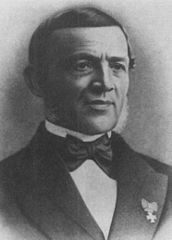
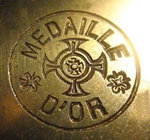
The assortment of clocks was steadily expanded and both high-quality movements and cases were manufactured in the company’s own factory. By 1875, more than 100,000 clocks per year were being manufactured, and in 1892 the millionth clock was finally produced.

The company founder died in 1885, and his son continued to run the company. In 1899, ruinous competition among watch manufacturers led to a merger with other companies under the name Vereinigte Freiburger Uhrenfabriken Aktiengesellschaft vormals Gustav Becker. In 1926, this in turn merged with Hamburg-Amerikanische Uhrenfabrik to form a community of interest. Both companies then merged with Junghans in 1930 under the name Uhrenfabriken Gebrüder Junghans AG. In the crisis year of 1932, Junghans finally had to shut down the Freiburg operations, but clocks of the Gustav Becker brand were probably still manufactured until World War II.
Gustav Becker pocket watches
Gustav Becker had built up a real empire of clocks in Silesia. Pocket watches were actually not the company’s profession. The founders of the Silesian pocket watch industry were the Eppner brothers, first in Lähn, then in Silberberg. However, they are not the subject of this article.
The oldest reference to Gustav Becker pocket watches can be found on a 1921 emergency banknote of the city of Freiburg in Silesia. In the eagle’s wings, “DAS NEUESTE” (the newest) can be read. Also depicted are a chimney and a pocket watch, both with the Gustav Becker logo. With six factories at the time, as well as numerous civil servants’ and workers’ residences, the company probably had some importance for the city.
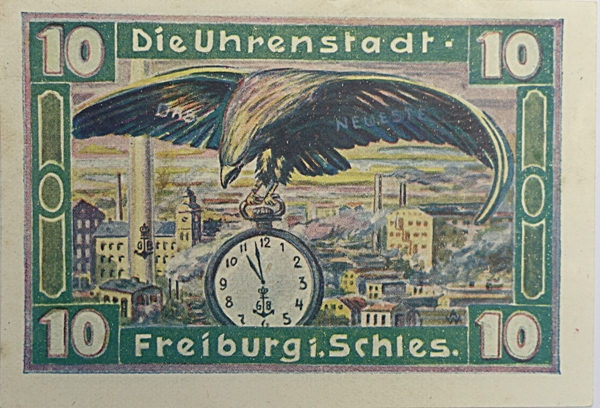
Exactly 100 years later, i.e. in 2021, there was a 0 euro souvenir bill from Poland in memory of Gustav Becker. However, this only shows a wall clock, not a pocket watch.

Also in 1921, Gustav Becker and the Vereinigte Freiburger Uhrenfabriken registered several design models for certain functionalities of pocket watch movements:
- Aufzieh- und Stellvorrichtung mit Wippe für Taschenuhren
(Winding and setting mechanism with rocking bar for pocket watches) - Taschenuhrgesperre
(Pocket watch ratchet) - Stiftankergang für Taschenuhren
(Pin lever escapement for pocket watches)

- DE348894 Stiftankergang für Taschenuhren (Pin lever escapement for pocket watches)
- DE380685 Aufzieh- und Stellvorrichtung für Taschenuhren (Winding and setting mechanism for pocket watches)
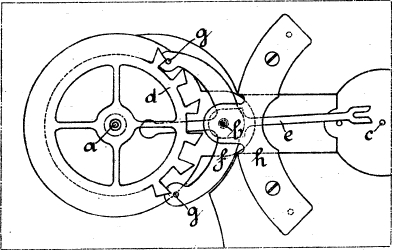
The following movement and pocket watch are shown in the 1925 catalog No. 8 of the Vereinigte Freiburger Uhrenfabriken:
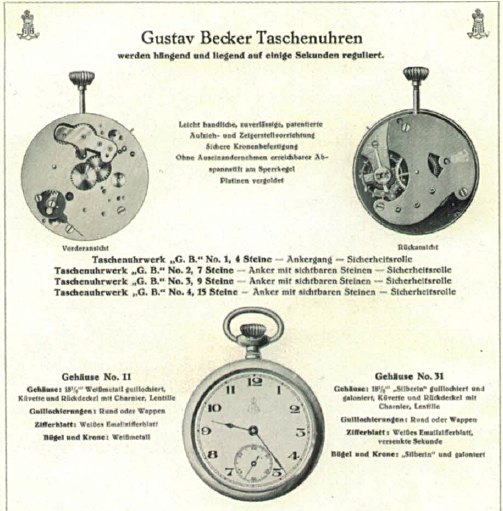
Thus, the movement existed in four variants:
- G. B. No. 1: (pin) lever escapement, 4 jewels
- G. B. No. 2: pallet lever escapement, 7 jewels
- G. B. No. 3: pallet lever escapement, 9 jewels
- G. B. No. 4: pallet lever escapement, 15 jewels
After a long search, I was able to get hold of the following example of a Gustav Becker pocket watch:
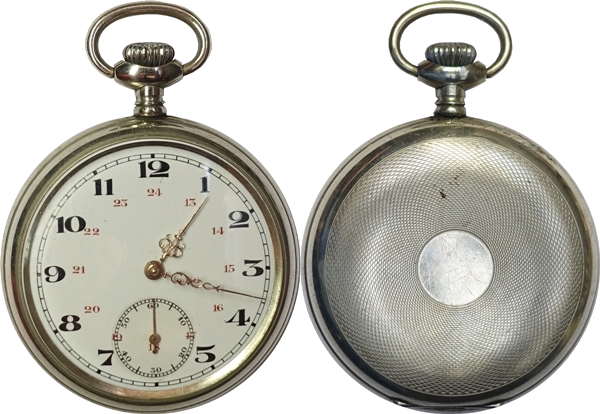
It has a diameter of just under 50 mm and bears no brand name on the dial. But the logo of Gustav Becker on the dust cover.
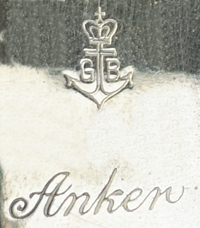
The watch contains a G. B. No. 2 movement, i.e. the version with pallet anchor escapement and seven jewels:
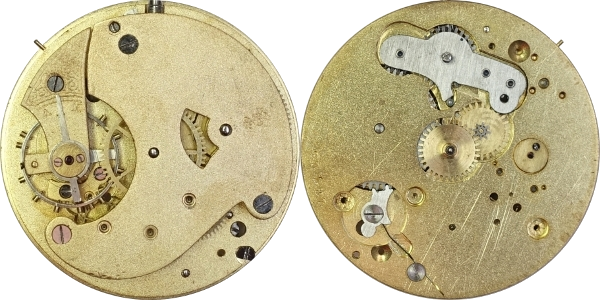
This has a diameter of 43.5 mm or about 19 1/4´´´ (French lines) and a height of 6.4 mm. Especially striking is the shape of the 3/4 plate, which also bears the Becker logo. The monometallic screw balance has got a flat hairspring and oscillates at 18,000 bph (beats per hour). On the dial side, there’s a rocking bar winding mechanism and the click mechanism.
The construction of the movement is quite classic, as the following picture shows:
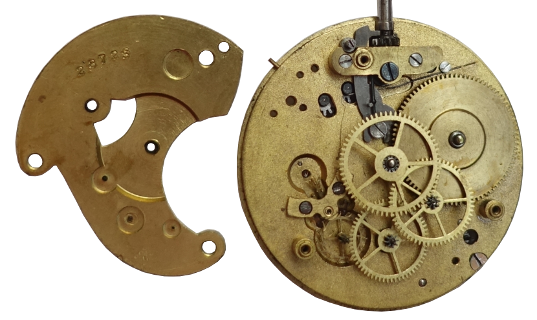
A normal wheel train, where the power flow goes from the mainspring barrel via the minute wheel, the third wheel and the fourth wheel to the escapement wheel. The dark part, which runs to the left of the winding stem almost to the center of the movement, serves to move the rocking bar on the dial side when pulling the crown so that the hands can be set.
Finally, a detail of the escapement:
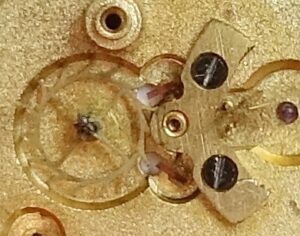
The interesting thing is, that the G. B. No. 1, which is the movement version with pin lever escapement, uses exactly the same escapement construction. In the pallet lever escapement shown, the pallet bridge (in the picture, the part with the two screws) is located below the balance, whereas in many pocket watch pin lever movements, it is located above.
The Gustav Becker pocket watches were probably only produced for a few years and were probably not a great commercial success. Accordingly, they are rare to find today.
